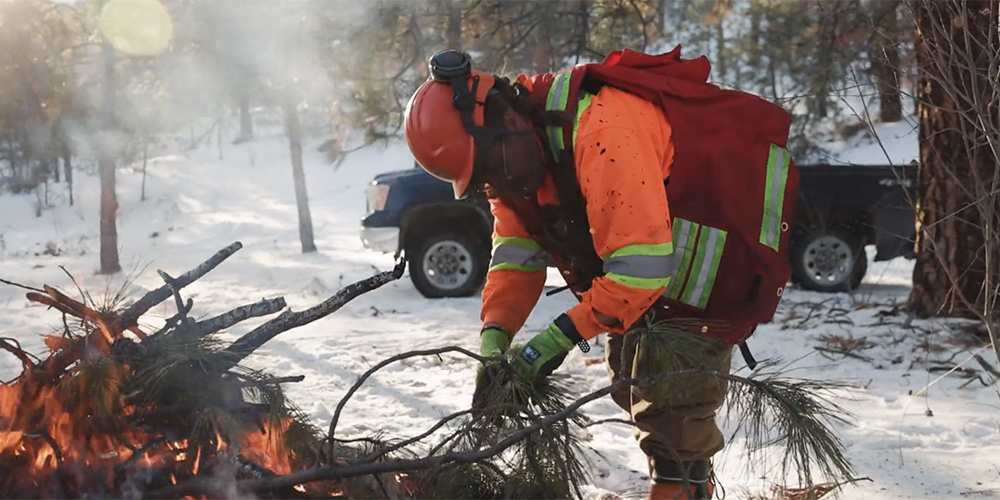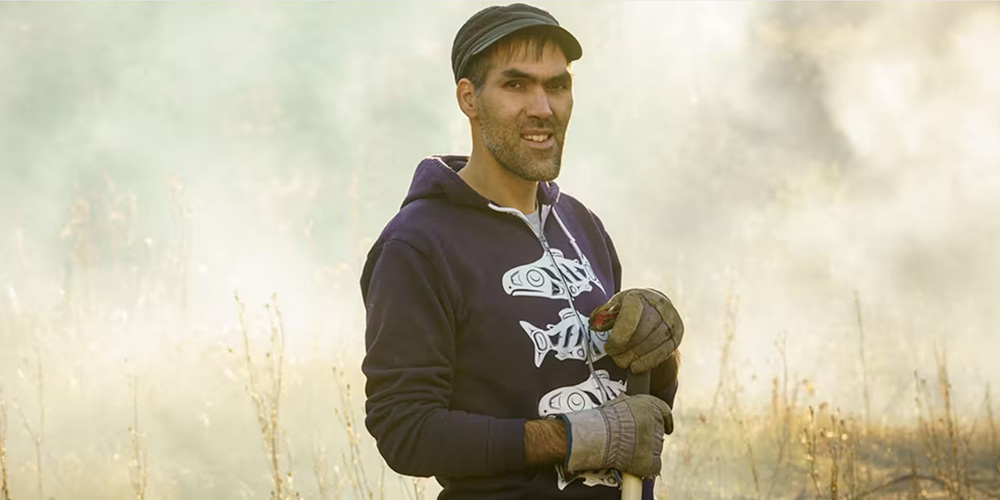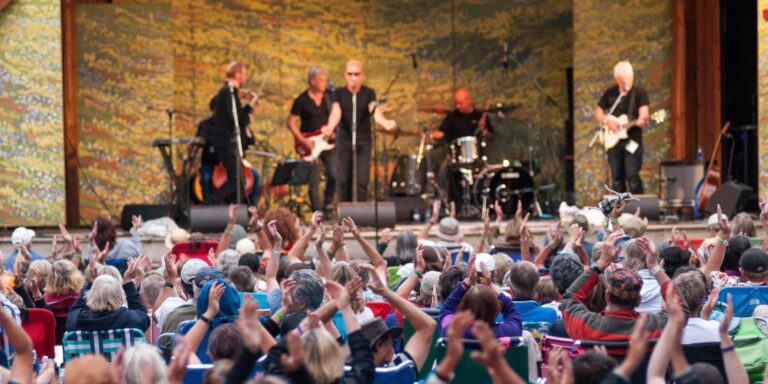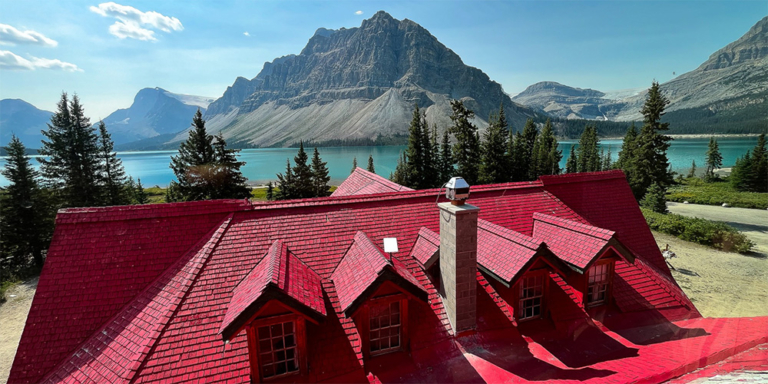You’ve probably heard of controlled or prescribed burns being used to lessen the future impact of wildfires.
But what about a “cultural burn”?
Keeping a forest healthy by cleansing away dead debris with fire has been a long-standing cultural practice.
Research shows that indigenous people stewarded, protected, and cultivated Albertan lands through practices like cultural burning for millennia.
However, this practice ended in the early 1900s when cultural burning was outlawed across Canada.
“Settlers brought a vision of removing fire from the landscape,” Amy Cardinal Christianson, an Indigenous fire specialist with Parks Canada from Treaty 8 Metis territory in Alberta, told Al Jazeera.
“But when you take away fire, these landscapes become overgrown.”
There is a vast amount of evidence showing the effectiveness of cultural burning in mitigating severe wildfires.
Our province could have suffered much less wildfire damage in 2023 had long-term cultural burning been in place.
However, the practice has continued to be largely ignored and even suppressed as an option.
So, what gives?


The History of Cultural Burning in Alberta
Oral history and early ethnographic records show that “cultural fires” were frequently lit across the province for thousands of years.
On the prairies, fires were lit in the fall or early winter to encourage quicker re-growth of lush grass in the spring, which would, in turn, attract bison.
In spring, groups like the Blackfoot also burned the understory of large groves and patches of mature trees favoured as campsites.
The idea was to protect these camping areas from summer wildfires through controlled burns – similar to modern FireSmart programs.
Intentional burning played a different role in northern forests.
The late Lewis Henry, a member of Alberta’s Deneome, did some of the most influential research on First Nations-planned fires.
According to Henry, Dene bands used fire to “establish and maintain plant communities, and the animals found there, at preferred stages of ecological succession.”
Small patches or ‘yards’ were burned in spring and visited over several years when berries and medicinal plants were ripe.
Spring fires along wetlands, rivers, and meadow fringes maintained trails in places like Fort McMurray, Lac La Biche, and Lesser Slave Lake.
The fires were so crucial for human movement that, when burning was outlawed, many bands could no longer access traditional territories.
In BC, the practice was very commonly used in forests as well.
“We would burn to reduce the denseness of a forest, to expose the soil, to bring up mushrooms and all different kinds of medicines,” Joe Gilchrist, a former wildfire fighter and traditional firekeeper with the Interior Salish Firekeepers, told the Rocky Mountain Outlook.
In the Secwépemc Nation, people say it’s out of balance “if you can’t walk barefoot in a forest.”
“That forest isn’t healthy, it’s sick. There’s no food for the animals. The predators have lots of places to hide…If the forest is dark, it’s because it’s too thick and it hasn’t been looked after.”
The presence of dead foliage and twigs that make the ground painful to walk on is the perfect fuel for uncontrollable fires.


Cultural Burning in a Modern Context
Some people argue that “controlled burns” are the contemporary equivalent of traditional cultural burns.
However, the number of controlled burns every year is relatively low.
Furthermore, controlled burns are typically larger in scale than cultural burns. As a result, they are more prone to becoming unmanageable and can cause greater damage than they are intended to prevent.
The key to the success of cultural burning was a deep connection with and knowledge of the lands being burned – which is simply not present on the same level with government-funded “prescribed fires.”
“We don’t want agencies to adapt and appropriate Indigenous knowledge,” said Christianson, “without actually empowering Indigenous people and giving them greater stewardship over the land.”
Indigenous experts and firefighters say the infernos that have hit Alberta in recent years have underscored the failure of government fire suppression policies.
“Canada has faced some bad fire seasons, so the public is looking for new solutions,” Christianson said.
While we’ve accepted controlled burns as back on a table to help reduce the danger of wildfires, cultural burns continue to be largely ignored.
“If we, as a society, have decided that we want fire back on the land, it just makes sense, and it’s a matter of justice, for Indigenous people to be leading that process,” said Christianson.






